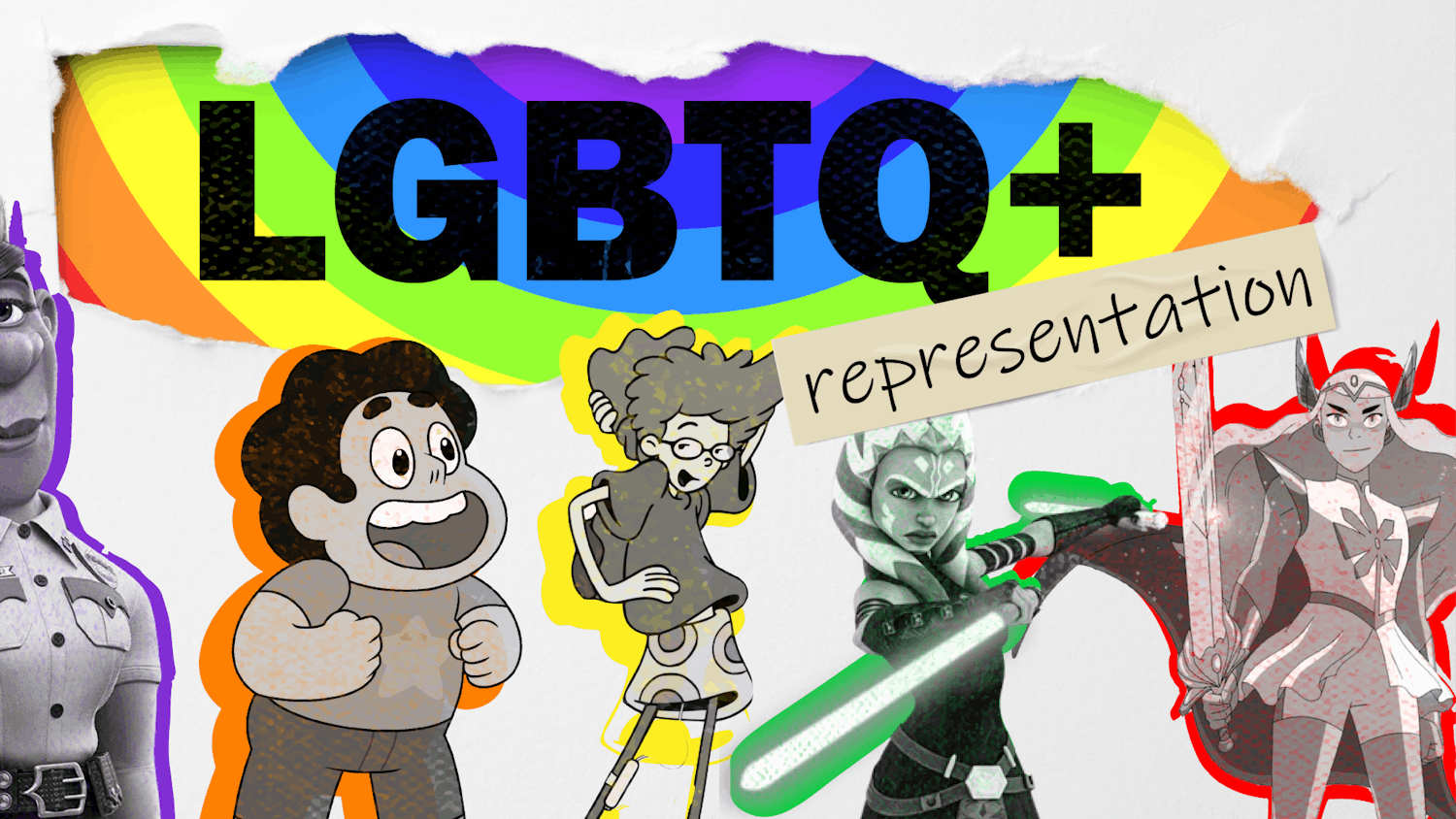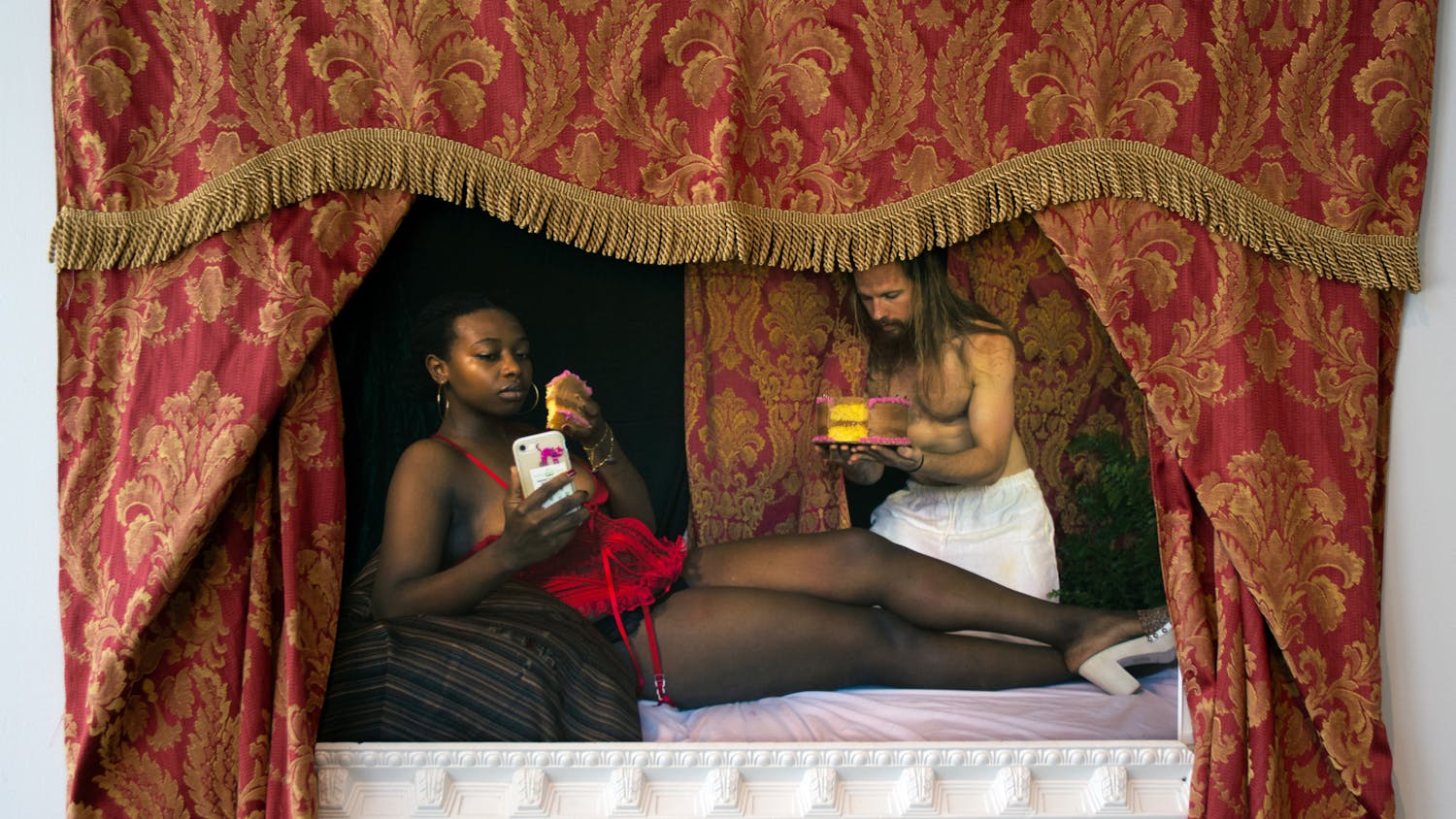It’s not enough to have representation — LGBTQ+ characters need to be alive and acknowledged, too. This seems logical, but it’s clearly not practiced in the media, which regularly practices tokenism: including a character of a certain identity but then not going anywhere with it. For example, in the recent Deadpool movie, Deadpool’s bisexual identity was not explicitly acknowledged. While it’s great those who follow the comics know he’s bisexual, most people had no idea, so it’s difficult to say this “counts” in terms of representation. It’s similar to how any movie Thor is in does not count as representation of women, even though Marvel Entertainment writer Jason Aaron made the new comic-book Thor a woman as of fall 2014. Representation in the media still leaves much to be desired.
Telling stories about people from a variety of backgrounds is important, but killing them off in huge numbers can negate some of those positive effects. A few weeks ago, “The 100,” a post-apocalyptic adventure show, killed off a lesbian character, causing uproar and provoking a response from the creator of the show. According to Caroline Framke of Vox, this is a part of the “bury your gays” trope, which occurs despite already dismal representation for queer women. Framke writes, “Adding insult to fatal injury is the fact that many lesbian character deaths seem to happen for no other reason than to further a show’s plot.”
A death of a lesbian character is an event that happens on the sidelines of straight characters’ lives, rather than the emotional, drawn-out death often ascribed to other characters — which is an important distinction, because it tells you who the story is really about: the straight people.
Framke further explains how a show’s use of gay characters as simple plot devices presents them as disposable. When there are so few gay characters on television, each one of their deaths matters. According to the LGBT empowerment group GLAAD’s Where Are We on TV Report 2015, only 4 percent of regular characters were gay, lesbian or bisexual on broadcast primetime programming. This is dismal, considering just how many characters are on TV.
Despite this, it’s still important to take into account how far media has come in the past 20 years, when LGBTQ+ representation was not widely discussed or considered important by filmmakers.
According to the Critical Media Project, “There has been an increase in LGBTQ representation in the media since the late 1990s in film and television, but there are still very few prominent LGBT characters in the mainstream media.”
In other words, it’s not just the fact that a character is LGBTQ+ that matters; it’s also how the character is portrayed and what happens to them. Saying a character is gay, much like J.K. Rowling did with Dumbledore, is not enough, but rather those characters need to be featured prominently on screen.
Killing off gay characters early in storylines halts any relationships that might have formed, while writers get to pat themselves on the back for including some LGBTQ+ representation.
Such characters can’t just be included: Their performances have to matter within the context of the show. When writing about LGBTQ+ people, it’s not just quantity, but quality that needs to be taken into account.
A character that dies after a few episodes is not a reason for a show to be lauded for its progressiveness.
Nicole Dan is a UF political science sophomore. Her column appears on Mondays.





